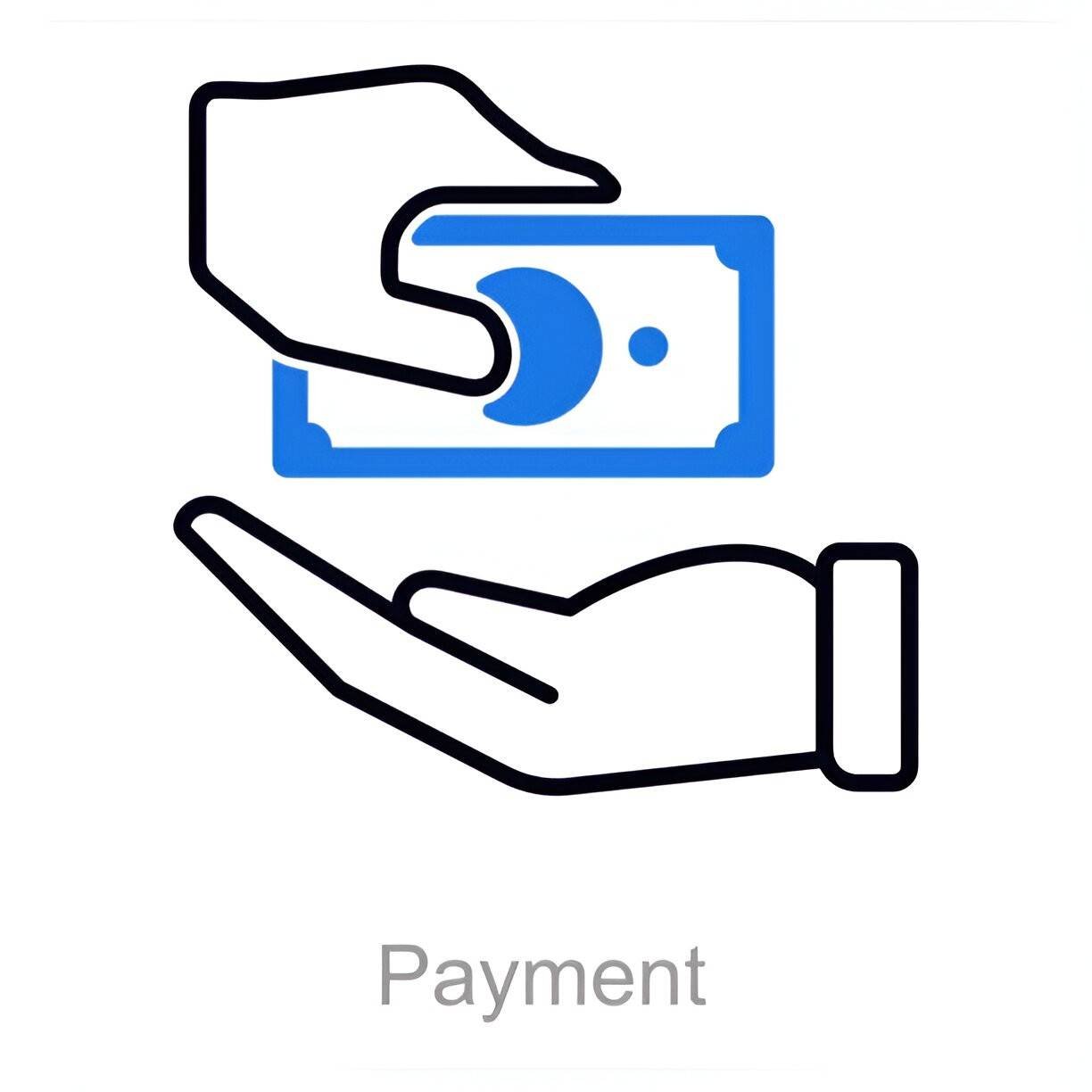Preferential payments play a crucial role in finance, accounting, and bankruptcy proceedings. If you’ve ever wondered why some creditors get paid before others or how bankruptcy courts decide who gets what, this guide will break it down for you. I’ll explain preferential payments in plain English, using real-world examples, calculations, and legal references to help you grasp the concept fully.
Table of Contents
What Is a Preferential Payment?
A preferential payment occurs when a debtor pays one creditor ahead of others, giving them an unfair advantage—especially if the debtor later files for bankruptcy. The U.S. Bankruptcy Code allows trustees to claw back these payments to ensure fair distribution among all creditors.
Why Do Preferential Payments Matter?
Imagine you own a small business, and a struggling client pays you $10,000 just before declaring bankruptcy. If other creditors find out, they might argue that this payment was preferential, meaning you got special treatment. The bankruptcy trustee could then demand that money back to distribute it equally among all creditors.
Legal Framework: The Bankruptcy Code
The U.S. Bankruptcy Code (specifically Section 547) defines preferential transfers. For a payment to be considered preferential, it must meet five key criteria:
- The payment was made to a creditor.
- It was for an existing debt.
- The debtor was insolvent at the time of payment.
- The payment occurred within 90 days before bankruptcy (or one year for insiders).
- The creditor received more than they would in a Chapter 7 liquidation.
The Insolvency Test
A debtor is considered insolvent when their liabilities exceed assets. The formula looks like this:
\text{Insolvency} = \text{Total Liabilities} > \text{Total Fair Market Value of Assets}If this condition holds, the debtor is insolvent, and any payments made during this period may be scrutinized.
Common Examples of Preferential Payments
Let’s look at a few scenarios:
Example 1: Paying a Supplier Before Bankruptcy
Suppose Company X owes:
- Supplier A: $20,000 (90 days overdue)
- Supplier B: $15,000 (60 days overdue)
- Bank Loan: $100,000
If Company X pays Supplier A in full 30 days before filing for bankruptcy, this could be a preferential payment. Supplier B and the bank might argue they should have been paid proportionally.
Example 2: Repaying a Family Member
If a business owner repays a $50,000 loan from their brother 11 months before bankruptcy, this could be clawed back because the one-year insider rule applies.
How Courts Determine Preferential Payments
Bankruptcy trustees use the “improvement in position” test to assess whether a creditor gained an unfair advantage. The formula compares what the creditor received versus what they would get in liquidation:
\text{Preference Amount} = \text{Payment Received} - \text{Expected Liquidation Recovery}Calculating Preference Exposure
Let’s say a creditor is owed $10,000. In liquidation, they would typically recover 20% ($2,000). If they received $6,000 before bankruptcy, the preference amount is:
\$6,000 - \$2,000 = \$4,000The trustee could demand the $4,000 back.
Defenses Against Preferential Payment Claims
Creditors can argue that a payment wasn’t preferential using these defenses:
- Ordinary Course of Business – The payment followed standard industry timing.
- Subsequent New Value – The creditor provided new goods/services after the payment.
- Contemporaneous Exchange – The payment was for a new purchase, not an old debt.
Ordinary Course Defense Example
If Supplier A always gets paid in 90 days, and Company X pays within that window, the payment may not be considered preferential.
Impact on Small Businesses
Small businesses often face preferential payment claims because:
- They lack legal teams to monitor bankruptcy risks.
- They may not realize that taking late payments can trigger clawbacks.
Table: Preferential Payment Risks for Small Businesses
| Scenario | Risk Level | Possible Outcome |
|---|---|---|
| Paying a long-overdue invoice before bankruptcy | High | Trustee recovers payment |
| Regular payments within contract terms | Low | Defense likely successful |
| Repaying a personal loan from a relative | Very High | Insider rule applies |
How to Avoid Preferential Payment Risks
If you’re a creditor, follow these steps:
- Monitor customer solvency – Watch for late payments or financial distress.
- Document payment terms – Prove payments were in the ordinary course of business.
- Consult a bankruptcy attorney – If a customer files for bankruptcy, seek legal advice immediately.
Final Thoughts
Preferential payments are a complex but essential concept in bankruptcy law. Whether you’re a business owner, creditor, or financial professional, understanding these rules helps you navigate financial risks better. Always stay informed, keep thorough records, and when in doubt, consult a legal expert.





